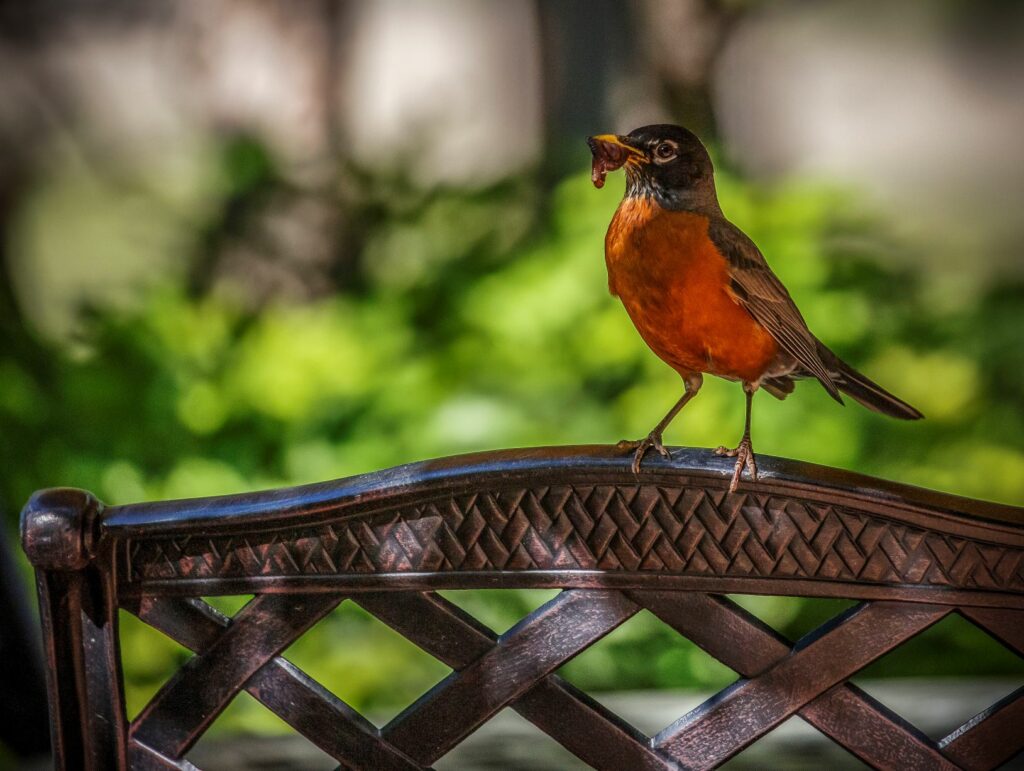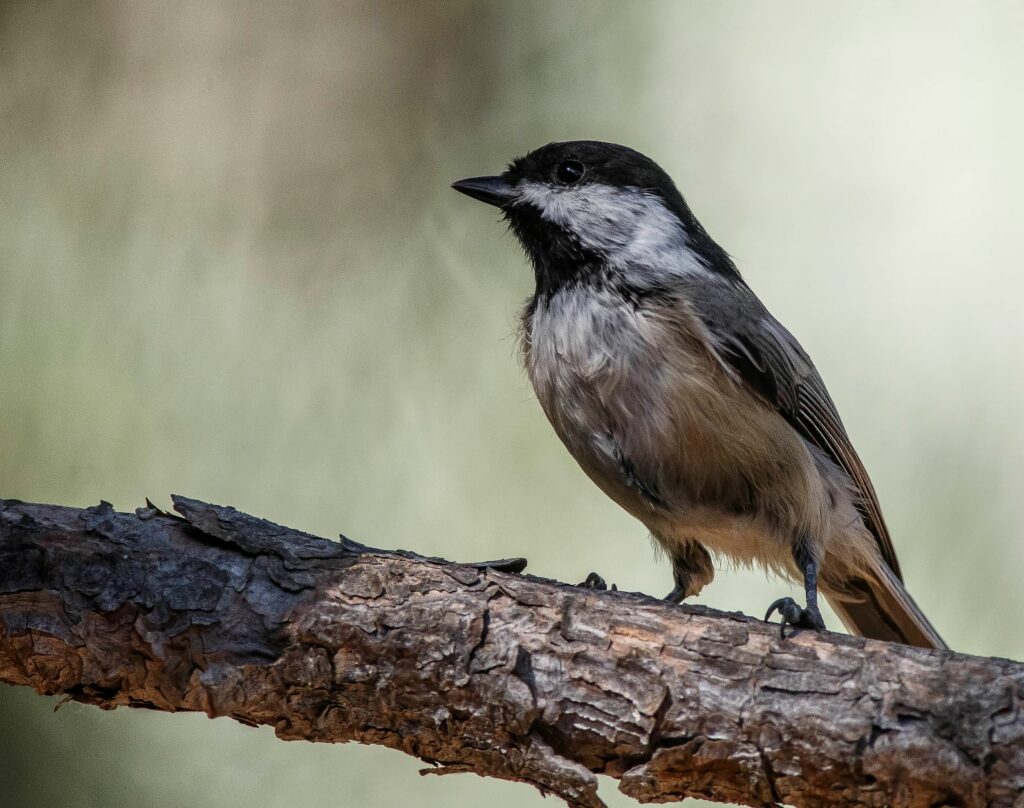“It’s a good time of year to go outside. Sit in your yard, listen. You’ll start to learn their songs and calls,” says Megan Miller, master birder and volunteer with Denver Field Ornithologists. She’s happy to ease newcomers into a world of birds that has held her attention since she was ten years old.
Perhaps you’ve been enjoying birds for the first time at the new feeder you put out during recent stay-at-home orders. Black-capped or Mountain Chickadees, a Northern Flicker or two, finches, sparrows, and bushtits. “Winter brings seed eaters,” Miller reports, “Now you’ll start to see insect eaters and migrating birds.” You might spot the bright gold, orange, and black Western Tanager, or the blue head- and tail-feathered male Lazuli Bunting, or a Yellow Warbler. Be on the lookout for peak migration, which Miller says typically falls around the second week of May in Denver. Adding native plant species and a water source (a simple shallow plate will do fine) to your garden will increase your odds of attracting birds.

Robert Dean, president of the Colorado Urban Wildlife Photo Club, appreciates the spectacular breeding plumage that comes with this time of year. And he points out that birds are active with nest building, which is fun to catch glimpses of and comes with a host of considerations for city dwellers. Dean urges fellow urban bird lovers to keep feeders away from shrubs where cats can hide. “An estimated 1 to 4 billion birds are killed by outdoor cats in the U.S. every year. It’s better to keep cats indoors, but you can find a brightly colored bird-safe collar through the National Audubon Society. Bells don’t really work.”
If you’re new to the bird world, you’re in good company. The Cornell Lab of Ornithology reports significant increases in new birders and their observations, as recorded by its popular eBird app. According to Cornell Lab, more people are eBirding than ever before. By February 2021, an all-time record for the greatest number of eBirders in a single month was set at 140,000.
Using eBird, you can “start a checklist” and enter the species and numbers of birds you see in the location you’re recording from. When you submit your checklist, it is added to your personal lists and also gets entered into a global database used for research and conservation. When you’re ready to nerd-out on all manner of local, regional and world-wide bird data, or participate in bird-related citizen science, visit Cornell Lab’s www.allaboutbirds.org.
Miller recommends new birders start low tech with that small bird book that may already be sitting on a nearby shelf. Or another popular Cornell Lab tool: the Merlin Bird ID app. It’s perfect for learning bird species. Merlin prompts you for location, date, size, and color of bird, then radio buttons for “in a tree,” “on the ground,” “on a feeder,” etc. Your answers result in a list of bird names and photos for you to scroll through, learn about, and select from.
But how does the novice birder even find birds out there on the trail? Miller offers, “Look for movement. Scan treetops and along outer branches.” Focus first on the tallest trees, the overstory, perhaps a mature cottonwood. Listen for scratching on leaves, drumming or tapping. Then check out the understory, bushes and shrubs that are just above human height but not quite trees: sumac, scrub oak, chokecherry.
“Don’t feel overwhelmed,” Miller reassures, “it takes time to learn.” She says it’s easy to connect with a birding Facebook group or sign up for a bird hike or online event. Denver Audubon and Denver Field Ornithologists are great places to start.

And where to go? Miller says North Denver has some of the best places to observe birds. Step out into a nearby park or trail, or venture further into the foothills or to Bluff Lake Nature Center. Denver is home to rivers and trails that cut across the city—the High Line Canal and the Colorado Front Range Trail—creating wonderful bird habitat and enjoyable urban outings. Some might say that when you’ve moved from observing birds from the comfort of your living room to setting out into natural habitats with the express purpose of looking for birds, you’ve transformed from a bird watcher into a bona fide birder.
When that’s you, you’ll find great ideas about where to go and what species to look for by checking out let’s go birding, a YouTube channel created a year ago by Miller, her partner Jordan Spalding, and their friend Satoshi Machihara. Their videos are beautifully crafted and feel like a guided hike. They blend useful bird information and tips with jovial banter and philosophical riffs about habitat and conservation. And if you listen carefully enough to that spring 2020 video about birding along 88th & Platte, you might even learn which species of duck Spalding sees as the “Goth” of mallards.
You don’t need a checklist of all 290 Denver County bird species or an expensive pair of binoculars to enjoy your next birding adventure. Dust off that old pair in the closet, toss a hat, some snacks and a water bottle into your backpack, and set out to find your place where human and bird worlds intersect. Miller remembers back to her first birding hike 15 years ago, “Once you’re in, it’s easy to stay hooked.”

Be the first to comment